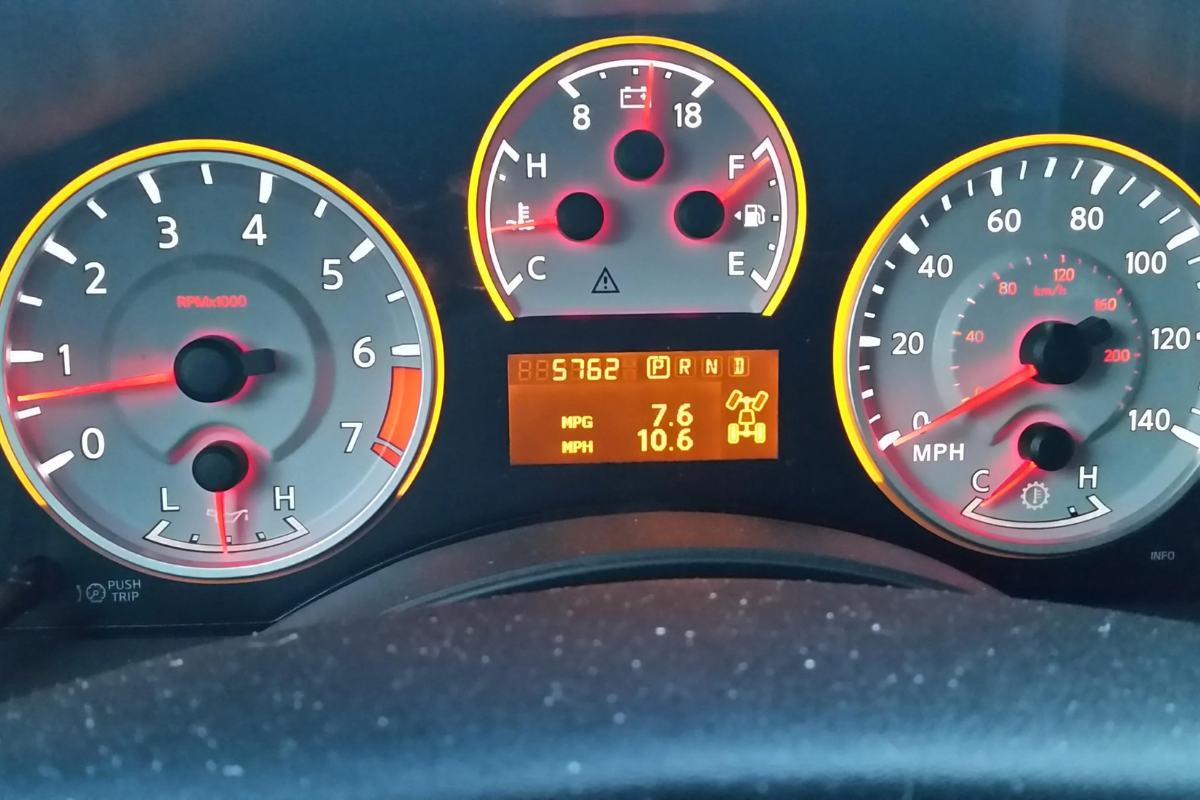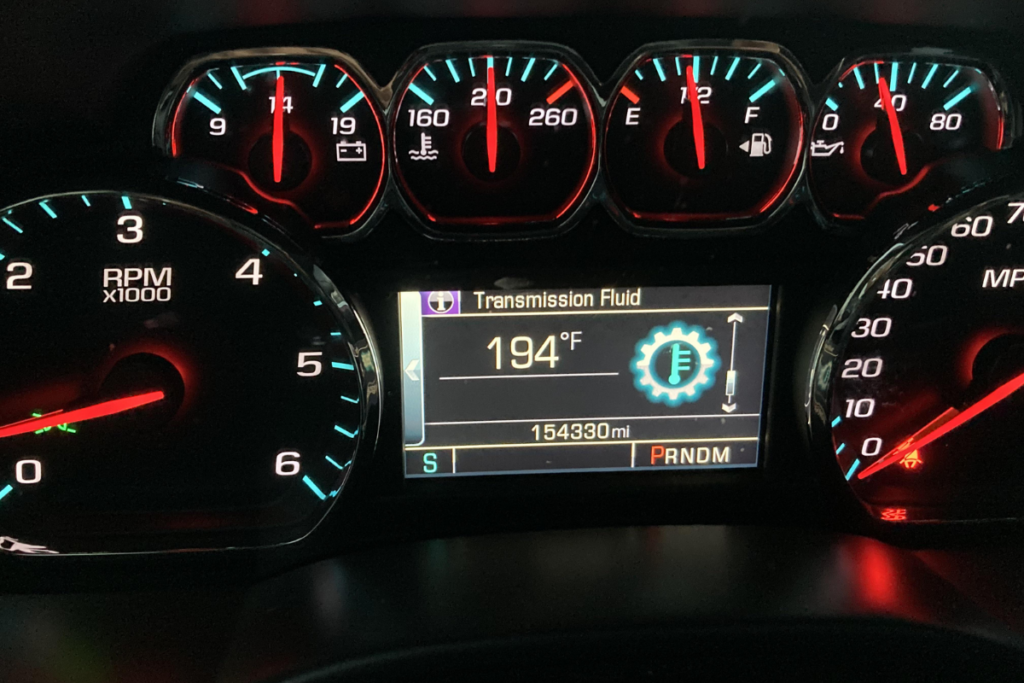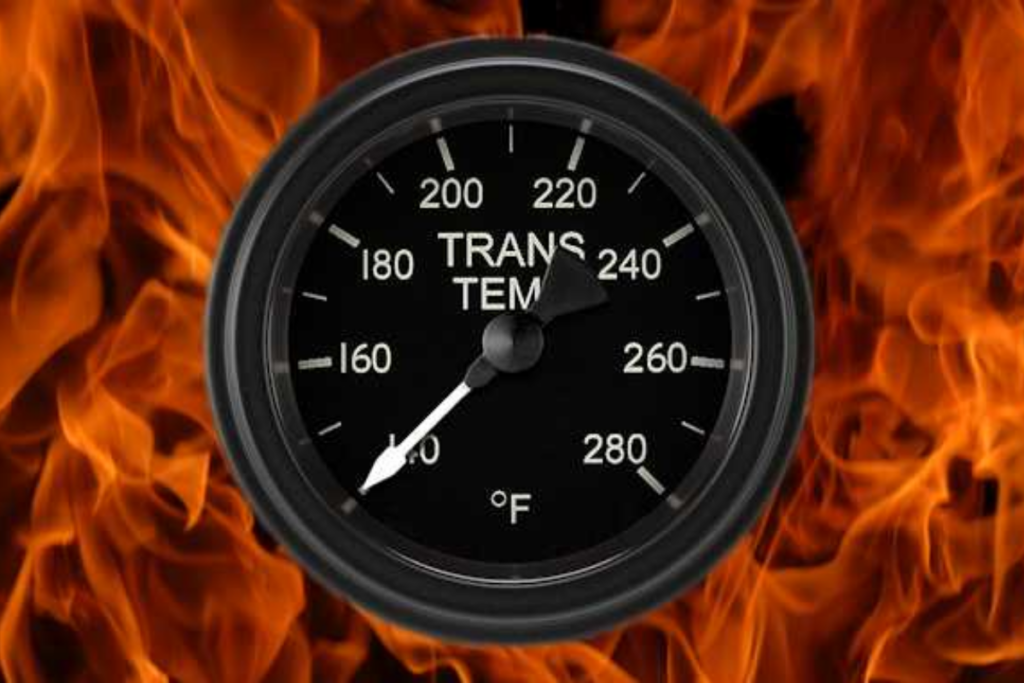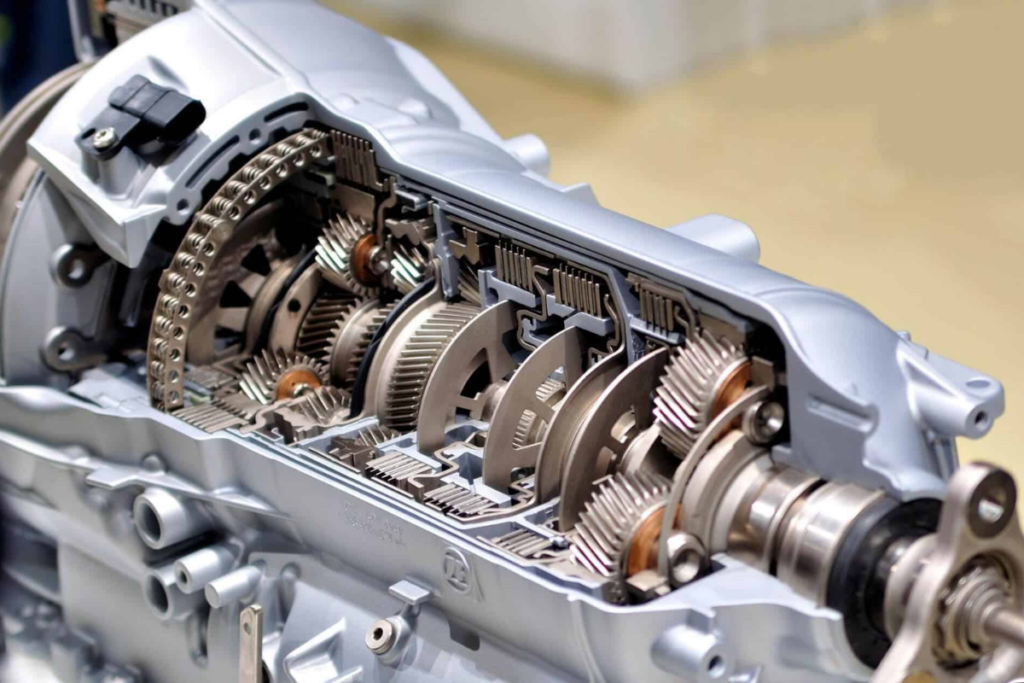📖 Table of Content:
- What is a Normal Transmission Temperature?
- Factors Affecting Transmission Temperature
- Signs of Abnormal Transmission Temperature
- How to Monitor Transmission Temperature
- Preventing Transmission Overheating
- What to Do if Your Transmission Overheats
- FAQs About what is the normal transmission temperature
- Conclusion
Maintaining the proper transmission temperature is crucial for your vehicle’s performance and longevity. The transmission plays a vital role in transferring power from the engine to the wheels, and its temperature can significantly impact its efficiency and lifespan. Both overheating and underheating can lead to severe issues, so understanding and maintaining the normal transmission temperature range is essential for every vehicle owner.
What is a Normal Transmission Temperature?
The normal transmission temperature range is typically between 175°F and 225°F. Staying within this range ensures that the transmission fluid can adequately lubricate and cool the transmission components, preventing wear and tear.
Operating within the optimal transmission temperature range helps in:
- Ensuring Efficient Performance: The transmission fluid maintains its viscosity, allowing for smooth gear shifts and efficient power transfer.
- Prolonging Transmission Life: Reducing the risk of overheating or fluid breakdown, which can lead to costly repairs or replacements.
Understanding this range and monitoring your vehicle’s transmission temperature can prevent potential issues and ensure your vehicle runs smoothly.
Factors Affecting Transmission Temperature
Several factors can influence the transmission temperature in your vehicle:
- Driving Conditions: Imagine you’re towing a trailer up a steep hill or stuck in endless stop-and-go traffic. These scenarios put extra strain on your transmission, causing it to heat up more than usual.
- Ambient Temperature and Climate: Just like you feel the heat on a scorching summer day, your transmission does too. High external temperatures can elevate the transmission temperature, while cold weather can make it run cooler.
- Vehicle Load and Weight: Think of your transmission as a weightlifter. The heavier the load, the harder it has to work. Carrying heavy cargo or additional passengers means your transmission has to put in extra effort, generating more heat.
- Condition and Type of Transmission Fluid: The transmission fluid is like the lifeblood of your vehicle’s transmission. If it’s old, degraded, or not the right type, it won’t cool and lubricate effectively, leading to higher temperatures and potential damage.
Signs of Abnormal Transmission Temperature
Symptoms of Overheating
- Slipping Gears: Overheated transmission fluid loses its viscosity, causing gears to slip and not engage properly.
- Burning Smell: A noticeable burning odor indicates that the transmission fluid is overheating and breaking down.
- Warning Lights: Many vehicles are equipped with dashboard warning lights that alert the driver to high transmission temperatures.
Signs of Underheating
- Delayed Shifts: Transmission fluid that is too cold can become thick, leading to delayed or harsh gear shifts.
- Poor Lubrication: Inadequate lubrication due to cold fluid can cause increased wear on transmission components.
- Inefficiency: Operating below the optimal transmission temperature can reduce overall transmission efficiency and performance.
How to Monitor Transmission Temperature
Monitoring your transmission temperature is essential to ensure it stays within the optimal range and to prevent transmission overheating. Here are some effective ways to keep an eye on it:
Tools and Devices for Monitoring
- Dashboard Indicators: Many modern vehicles come equipped with dashboard indicators that display transmission temperature. This built-in feature is often found in the vehicle’s information display and provides real-time data.
- Aftermarket Gauges: For older vehicles or those without built-in indicators, aftermarket transmission temperature gauges are available. These can be installed in your vehicle to provide accurate temperature readings.
Importance of Regular Checks and Maintenance
Regularly monitoring your transmission temperature helps you:
- Detect Issues Early: Spotting abnormal temperature changes early can prevent serious damage and costly repairs.
- Maintain Fluid Quality: Ensuring the transmission fluid is at the correct temperature helps maintain its effectiveness, preventing wear and tear on transmission components.
- Enhance Vehicle Performance: Keeping the transmission within the optimal temperature range ensures smooth and efficient operation, prolonging the life of your vehicle’s transmission.
By consistently monitoring and maintaining your transmission temperature, you can avoid many common transmission issues and keep your vehicle running smoothly.
Preventing Transmission Overheating
Maintaining the optimal transmission temperature is crucial to avoid overheating, which can cause severe damage to your vehicle. Here are some effective tips to keep your transmission within the normal temperature range:
- Regular Fluid Checks and Changes: Periodically check the transmission fluid level and condition. Fresh, clean fluid ensures proper lubrication and cooling.
- Ensure the Cooling System is Functional: The radiator and transmission cooler must be in good working order to dissipate heat efficiently.
- Install an Auxiliary Transmission Cooler: An additional cooler can help manage heat, especially if you frequently tow heavy loads or drive in extreme conditions.
- Avoid Extreme Driving Conditions and Overloading: Minimize driving in heavy traffic, steep inclines, or with excessive loads, as these can cause the transmission to overheat.
What to Do if Your Transmission Overheats
Immediate Steps to Take When Overheating is Detected
- Pull Over Safely: As soon as you notice signs of overheating (e.g., a burning smell, warning lights, or slipping gears), find a safe place to pull over and turn off the engine.
- Let It Cool Down: Allow the transmission to cool for at least 30 minutes before inspecting or driving further.
- Check Fluid Levels: Once cooled, check the transmission fluid level and top it up if necessary. Ensure you use the correct type of fluid recommended for your vehicle.
Long-term Solutions and Repairs
- Inspect for Leaks: Check for any visible transmission fluid leaks and address them promptly to prevent further issues.
- Change the Transmission Fluid: Regularly change the transmission fluid according to the manufacturer’s recommendations to maintain optimal performance and prevent overheating.
- Install an Auxiliary Cooler: Consider installing an auxiliary transmission cooler, especially if you frequently tow heavy loads or drive in harsh conditions.
Importance of Professional Diagnostics and Repairs
Seeking professional diagnostics and repairs is crucial if your transmission overheats. A certified mechanic can:
- Identify Underlying Issues: Properly diagnose the root cause of the overheating, whether it’s due to a failing component or insufficient fluid levels.
- Prevent Further Damage: Address any damage caused by overheating before it leads to more severe and costly repairs.
- Ensure Safety and Reliability: Professional repairs ensure that your vehicle remains safe and reliable, preventing future breakdowns or transmission failures.
FAQs About what is the normal transmission temperature
What is the ideal transmission temperature? The ideal transmission temperature ranges between 175°F and 225°F. This range ensures optimal performance and longevity of the transmission fluid and components.
How can I monitor my transmission temperature? Most modern vehicles have a transmission temperature gauge on the dashboard. For older vehicles, aftermarket gauges and OBD-II scanners can provide accurate temperature readings.
What causes transmission overheating? Transmission overheating can result from heavy towing, stop-and-go traffic, high-speed driving, low transmission fluid levels, or a malfunctioning cooling system.
What are the signs of an overheating transmission? Signs include slipping gears, delayed gear engagement, a burning smell from the transmission fluid, and warning lights on the dashboard.
How can I prevent transmission overheating? Regularly check and replace transmission fluid, ensure the cooling system is functional, avoid extreme driving conditions, and consider installing an auxiliary transmission cooler.
What should I do if my transmission overheats? If your transmission overheats, pull over and let the vehicle cool down. Check the fluid levels and look for leaks. Seek professional diagnostics and repairs as soon as possible to avoid further damage.
Can driving habits affect transmission temperature? Yes, aggressive driving, frequent stop-and-go traffic, and towing heavy loads can significantly increase transmission temperature.
How often should I check my transmission fluid? It’s recommended to check your transmission fluid at least once a month and before long trips. Refer to your vehicle’s manual for specific intervals.
Can I use any type of transmission fluid? No, always use the transmission fluid specified in your vehicle’s manual. Using the wrong type can affect performance and lead to overheating.
What is the normal temperature of a transmission in Celsius? The normal transmission temperature in Celsius typically ranges between 80°C and 110°C. Staying within this range ensures optimal performance and longevity of the transmission components.
What is the best transmission temperature? The best transmission temperature is between 175°F and 225°F (80°C to 110°C). This range allows the transmission fluid to effectively lubricate and cool the transmission parts, preventing wear and overheating.
What is the ideal temperature for an automatic transmission?
For an automatic transmission, the ideal temperature is also within the range of 175°F to 225°F (80°C to 110°C). Maintaining this range helps in smooth gear shifts and efficient power transfer.
How to check transmission temperature? You can check the transmission temperature using several methods:
Aftermarket Gauges: Install an aftermarket transmission temperature gauge for real-time monitoring.
Dashboard Indicator: Many modern vehicles have a transmission temperature gauge on the dashboard.
OBD-II Scanner: Connect an OBD-II scanner to your vehicle’s diagnostic port to read the transmission temperature.
Conclusion
Maintaining a normal transmission temperature is vital for ensuring your vehicle’s optimal performance and longevity. Operating within the ideal range of 175°F to 225°F keeps the transmission fluid effective, preventing wear and costly repairs.
Final Tips:
- Regularly check and replace transmission fluid.
- Ensure the cooling system is functioning properly.
- Install an auxiliary transmission cooler if necessary.
- Avoid extreme driving conditions and heavy towing.
By following these guidelines, you can prevent transmission overheating and ensure the smooth operation of your vehicle.




